Smart Packaging for Smart Devices: Design Innovations
-
By: Caroline Ray
-
February 26, 2025
Is smart packaging the missing link in elevating smart devices to new heights of user experience and functionality? As smart devices continue to reshape our world, their packaging must also evolve to match the transformative capabilities they offer. The smart packaging market is advancing rapidly, projected to hit $52.9 billion by 2025. This growth is fueled by innovations in design and technology, including IoT integration, sensors, and enhanced connectivity. Explore how the latest design trends and technological advances promise to redefine how we interact with smart devices, building a bridge to future innovations.
Current Trends in Smart Packaging for Smart Devices
The smart packaging market, set to reach $52.9 billion by 2025 with a CAGR of 5.3%, reflects the growing integration of advanced technologies. These innovations, particularly IoT, sensors, and connectivity, are reshaping how smart devices are packaged and delivered. This technological synergy not only enhances the functionality and appeal of packaging but also improves information transmission, automation, and marketing capabilities for manufacturers of smart devices. By embedding sensors and IoT technology, packaging solutions are now capable of real-time monitoring and product tracking, ensuring better operational efficiency and product safety.
Smart packaging for smart devices offers a multifaceted advantage. For manufacturers, it provides enhanced protection and improved consumer engagement through interactive and personalized experiences. By leveraging connectivity, packaging can communicate detailed product information directly to consumers, fostering a deeper connection and trust. The adoption of sustainable and eco-friendly materials further supports environmental responsibility, aligning with consumer expectations and regulatory demands. This combination of advanced technology and sustainable practices not only addresses the logistical challenges of packaging smart devices but also sets new benchmarks for consumer satisfaction and brand differentiation.
- IoT integration in packaging
- Use of sensors for real-time monitoring
- Enhanced consumer engagement through interactive features
- Sustainability and eco-friendly materials
- Increased personalization and customization
Material Innovations in Smart Packaging Design

Innovative material selection is pivotal in smart packaging, bridging functionality with sustainability. By integrating advanced materials, packaging can address ecological concerns while enhancing product protection and consumer experience. Biodegradable and compostable materials are at the forefront, significantly minimizing environmental impact and aligning with consumer demand for eco-friendly solutions. These materials not only reduce waste but also maintain the integrity of the packaging throughout its lifecycle.
The incorporation of antimicrobial and oxygen scavenging properties further exemplifies material innovation. These features extend the shelf life of products, particularly in the food and beverage sector, by preventing spoilage and contamination. Such advancements ensure that smart packaging remains adaptive to various market needs, supporting both product safety and environmental responsibility. As smart packaging technology evolves, the continued development of sustainable materials will play a crucial role in shaping its future impact.
Enhancing User Experience Through Smart Packaging
Smart packaging significantly elevates user experience by incorporating interactive features that engage consumers in novel ways. How does smart packaging enhance consumer engagement? By utilizing technologies such as QR codes and augmented reality, brands can offer personalized content directly through packaging. This creates an interactive dialogue with consumers, transforming a simple product box into a dynamic communication platform. These features not only convey essential product information but also offer unique experiences that captivate and retain consumer interest.
One prominent example of smart packaging in action is the use of augmented reality (AR) experiences. How do brands use AR in packaging? By integrating AR, brands can provide immersive experiences that resonate with consumers, such as virtual try-ons or interactive storytelling. Such experiences are memorable and foster a deeper connection with the brand. For instance, a beauty product might offer a virtual makeup trial via its packaging, allowing consumers to see how a product would look before purchase. This not only enhances satisfaction but also builds trust and loyalty.
Moreover, smart packaging enables real-time data access, providing consumers with transparency and reassurance. How does real-time access improve user experience? By scanning a QR code, consumers can instantly access detailed product histories, ingredient lists, or sustainability practices. This transparency is increasingly valued by consumers seeking to make informed purchasing decisions. Brands that harness these capabilities position themselves as trustworthy and consumer-centric, ultimately boosting consumer satisfaction and driving engagement.
IoT Integration and Smart Packaging Solutions

IoT integration in smart packaging solutions marks a transformative shift in how products are monitored and managed. By embedding sensors and connectivity within the packaging, IoT technology enables real-time data collection on product conditions. How does this technology benefit manufacturers? IoT provides precise monitoring and tracking capabilities, allowing manufacturers to oversee product integrity from production to delivery. This real-time visibility ensures that products are consistently stored and transported under optimal conditions, thereby reducing the risk of damage or spoilage. Enhanced tracking capabilities also facilitate rapid response to any anomalies, safeguarding product quality and extending shelf life.
The incorporation of IoT in packaging extends beyond operational benefits, significantly impacting consumer engagement and trust. How does IoT enhance consumer interaction? By providing consumers with access to detailed product information, IoT-enabled packaging fosters transparency. Consumers can verify product authenticity, trace its journey, and understand its sustainability credentials with a simple scan. This transparency builds consumer trust and loyalty, as buyers are assured of the product’s quality and origin. Furthermore, IoT integration supports more efficient supply chain operations, reducing waste and optimizing resource allocation by offering precise data analytics.
- Real-time product monitoring
- Enhanced supply chain transparency
- Improved operational efficiency
- Increased consumer trust and engagement
Case Studies: Successful Smart Packaging for Smart Devices
One notable example of successful smart packaging is seen in the collaboration between a leading smartphone manufacturer and a packaging company to address the challenge of product authenticity and security. How did they tackle this issue? By integrating near-field communication (NFC) technology within the packaging, they enabled consumers to verify product authenticity through a simple tap with their smartphones. This innovation not only safeguarded against counterfeit products but also enhanced consumer confidence. The NFC-enabled packaging provided a seamless experience, allowing users to access additional product information and warranty details, consequently boosting brand trust and loyalty.
Another compelling case involves a wearable technology company that sought to improve the unboxing experience and product protection. What innovative techniques did they use? The company employed a smart packaging solution that included augmented reality (AR) features and smart sensors. The AR elements offered an interactive setup guide that visually assisted users in configuring their devices, turning the unboxing into an engaging experience. Additionally, embedded sensors monitored the packaging’s environmental conditions, ensuring product safety during transit. This approach not only enhanced consumer interaction but also provided critical data analytics to optimize logistics and reduce damage rates.
Aigo Print Shop stands out as a reliable partner in ecommerce product packaging, exemplifying innovation in smart packaging design. How does Aigo Print Shop contribute to packaging innovation? By offering customizable solutions that incorporate QR codes and IoT capabilities, Aigo Print Shop provides brands with the tools to create intelligent, personalized packaging. Their solutions facilitate real-time updates on product location and condition, enhancing supply chain transparency. Furthermore, Aigo Print Shop’s commitment to using sustainable materials aligns with corporate social responsibility goals, reducing environmental impact while maintaining high packaging standards.
The Future of Smart Packaging Design

The future of smart packaging is set to revolutionize the industry, driven by advancements that prioritize convenience, sustainability, and personalization. What are the key trends shaping this future? Greater convergence of technology and design is anticipated, as innovations such as IoT and augmented reality become seamlessly integrated into packaging. This blend allows packaging to not only protect products but also provide interactive consumer experiences, transforming the way users engage with products. As these technologies advance, the packaging industry will see a shift towards more intelligent and responsive designs that cater to modern consumer expectations.
Another significant trend is the increased focus on eco-friendly and sustainable practices. How will sustainability impact smart packaging? By utilizing biodegradable and recyclable materials, the industry aims to reduce its environmental footprint. Sustainable smart packaging will not only meet regulatory demands but also address consumer concerns about environmental impact. This shift towards sustainability will encourage the development of packaging that extends product shelf life and minimizes waste, ultimately aligning with global sustainability goals.
- Greater convergence of technology and design
- Increased focus on eco-friendly and sustainable practices
- Expansion of personalization and customization options
Final Words
Current trends in smart packaging for devices include IoT integration, real-time monitoring, and eco-friendly materials. These innovations enhance user experience and operational efficiency.
Material advancements focus on sustainability and waste reduction, while IoT brings increased transparency and trust.
Examples demonstrate how smart packaging elevates consumer engagement through personalization and interactive features.
Future promising directions emphasize technological integration and sustainability. Smart Packaging for Smart Devices offers opportunities for improved interaction and protection.
With ongoing innovation, the packaging sector is poised for growth, enhancing both brand awareness and customer satisfaction.
FAQ
Q: What are examples of smart packaging?
Smart packaging examples include interactive QR codes, packaging with embedded sensors for temperature monitoring, and augmented reality features that provide enhanced product information.
Q: How does smart packaging technology work?
Smart packaging technology utilizes IoT, sensors, and connectivity to provide real-time data and interactive features, improving product tracking, consumer engagement, and supply chain visibility.
Q: What is smart packaging for food?
Smart packaging for food involves technologies like freshness indicators, oxygen scavengers, and temperature-sensitive labels to enhance safety, extend shelf life, and improve consumer information.
Q: What opportunities and challenges does smart packaging present?
Smart packaging offers opportunities for improved consumer engagement and operational efficiencies but faces challenges in cost, technology integration, and the need for standardization across industries.
Q: Where can I find a comprehensive smart packaging PDF?
Detailed information on the advancements, applications, and impacts of smart packaging can typically be found in industry reports, white papers, and specialized market research publications available in PDF format.

Caroline Ray
Hello, I’m Caroline Ray, a custom packaging consultant and designer. With a professional journey spanning over eight years, I’ve evolved from a budding designer to a recognized expert in the field. Currently holding the position of Packaging Consultant, I’ve honed my skills in creating not just visually stunning packaging but also solutions that align with strategic business goals for custom pacakging.

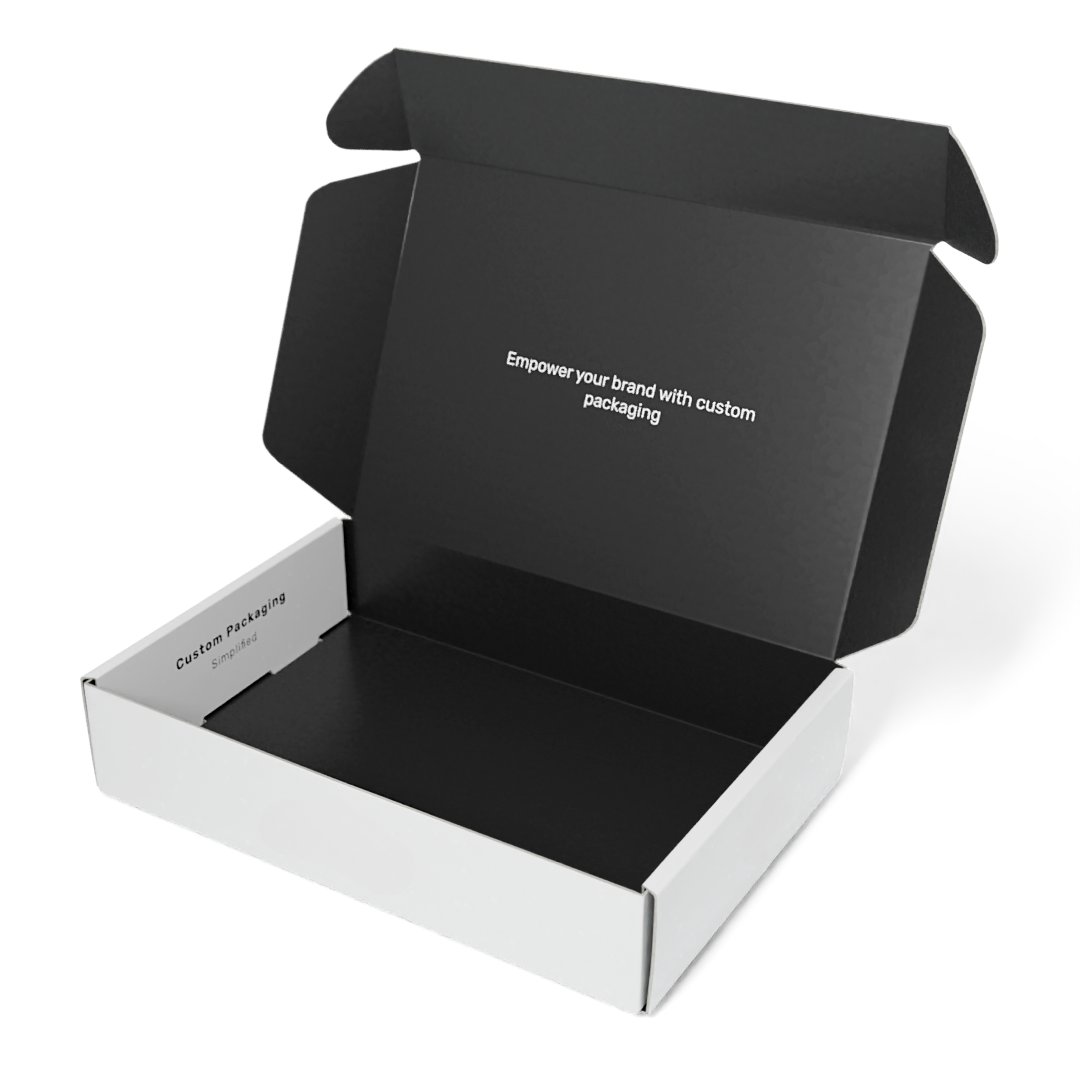
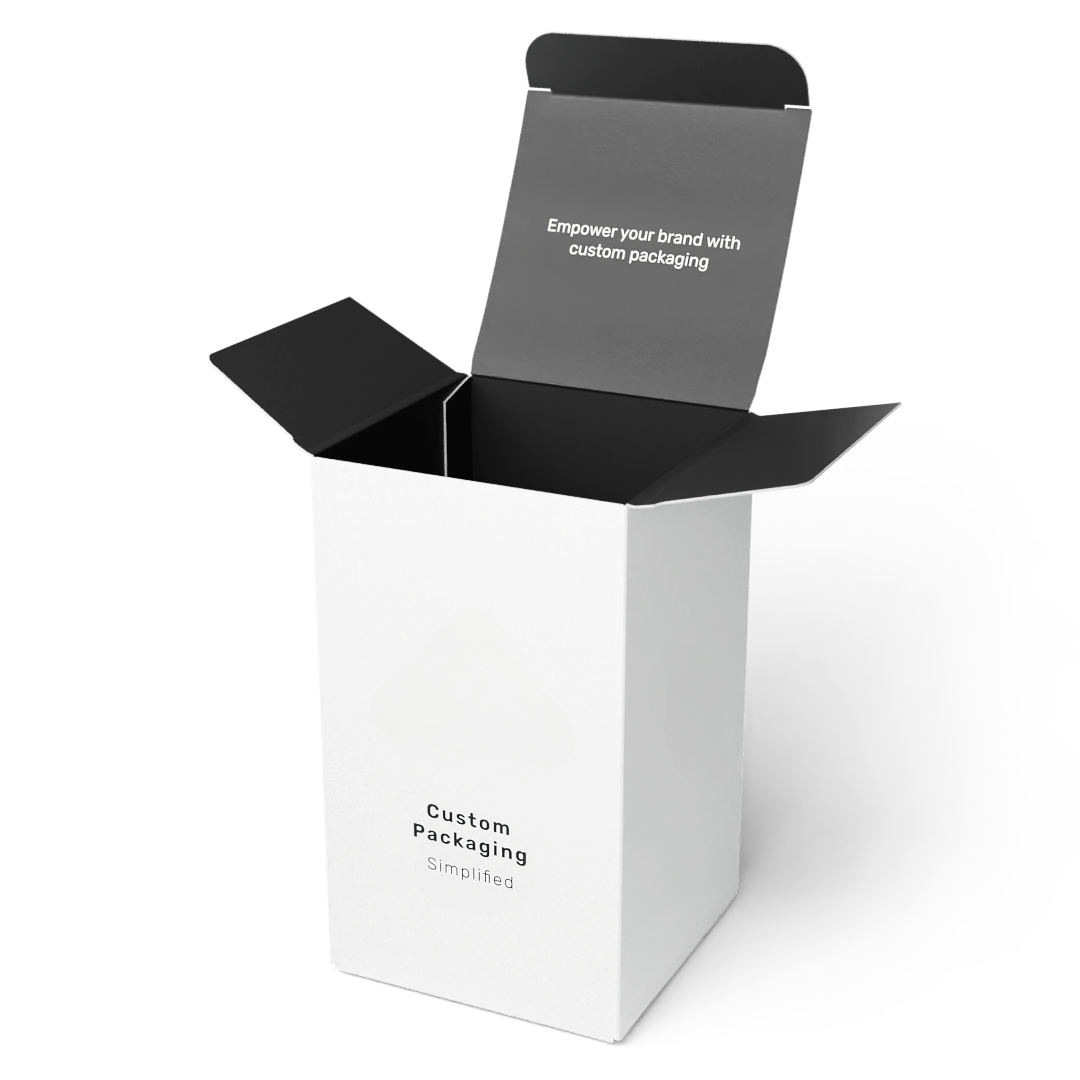
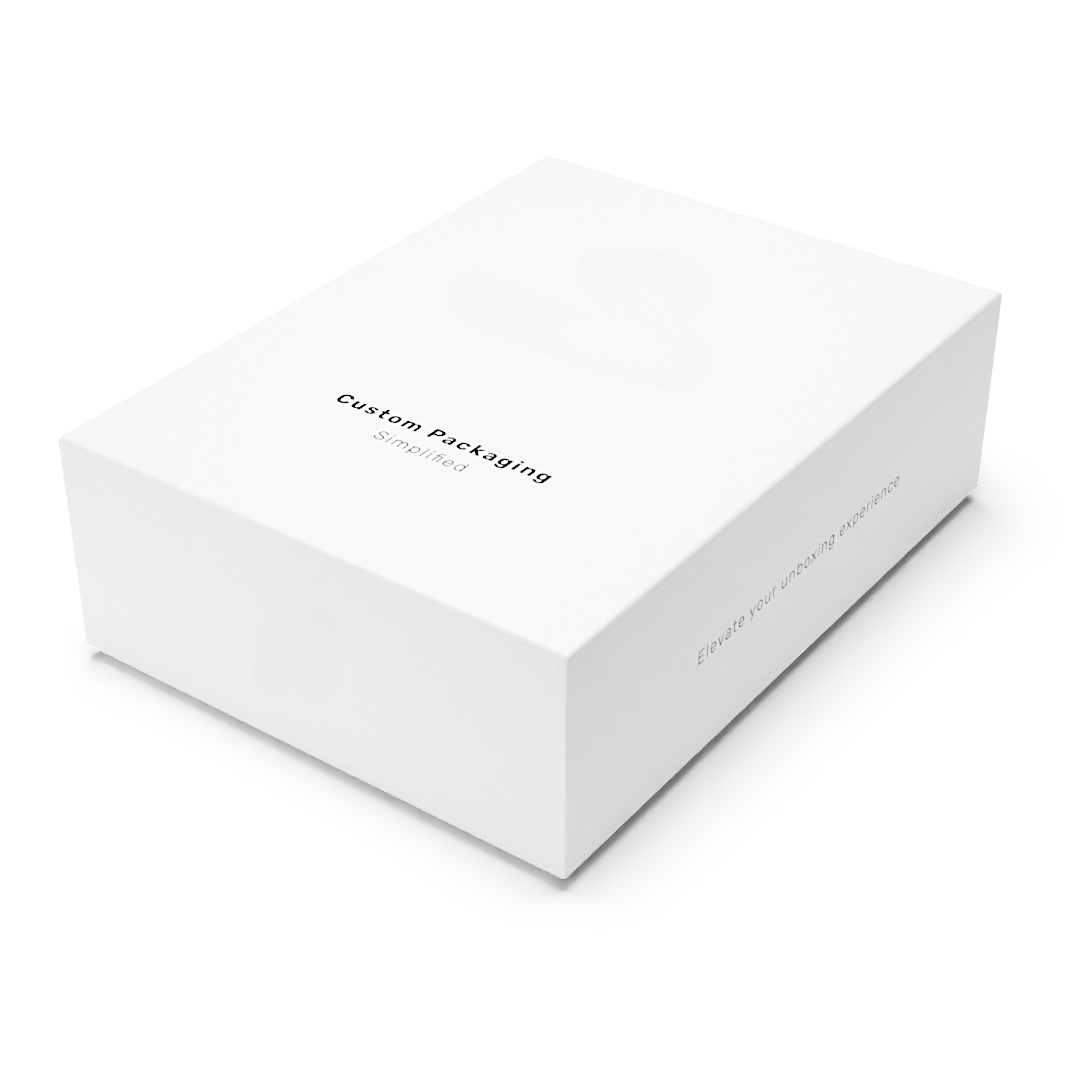
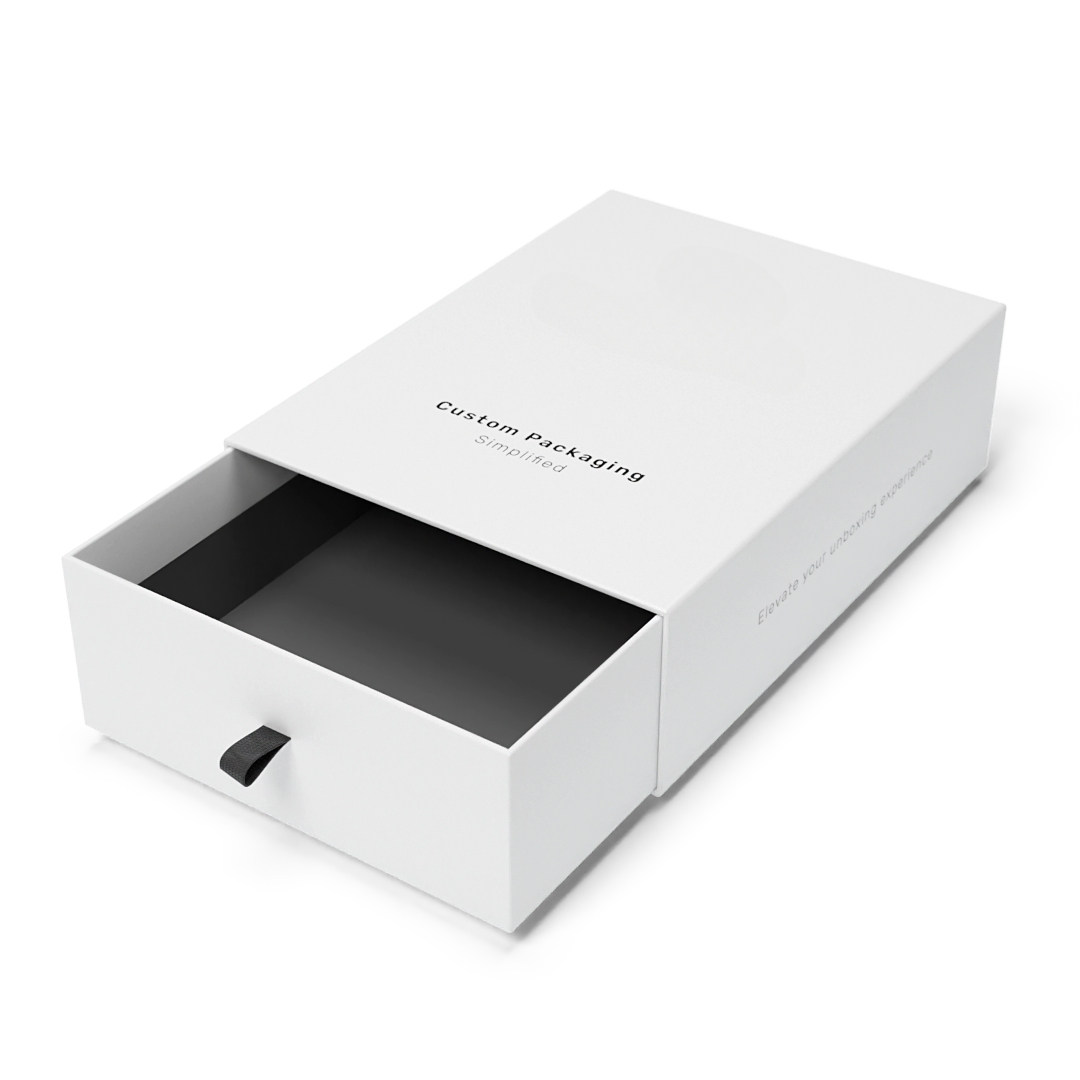
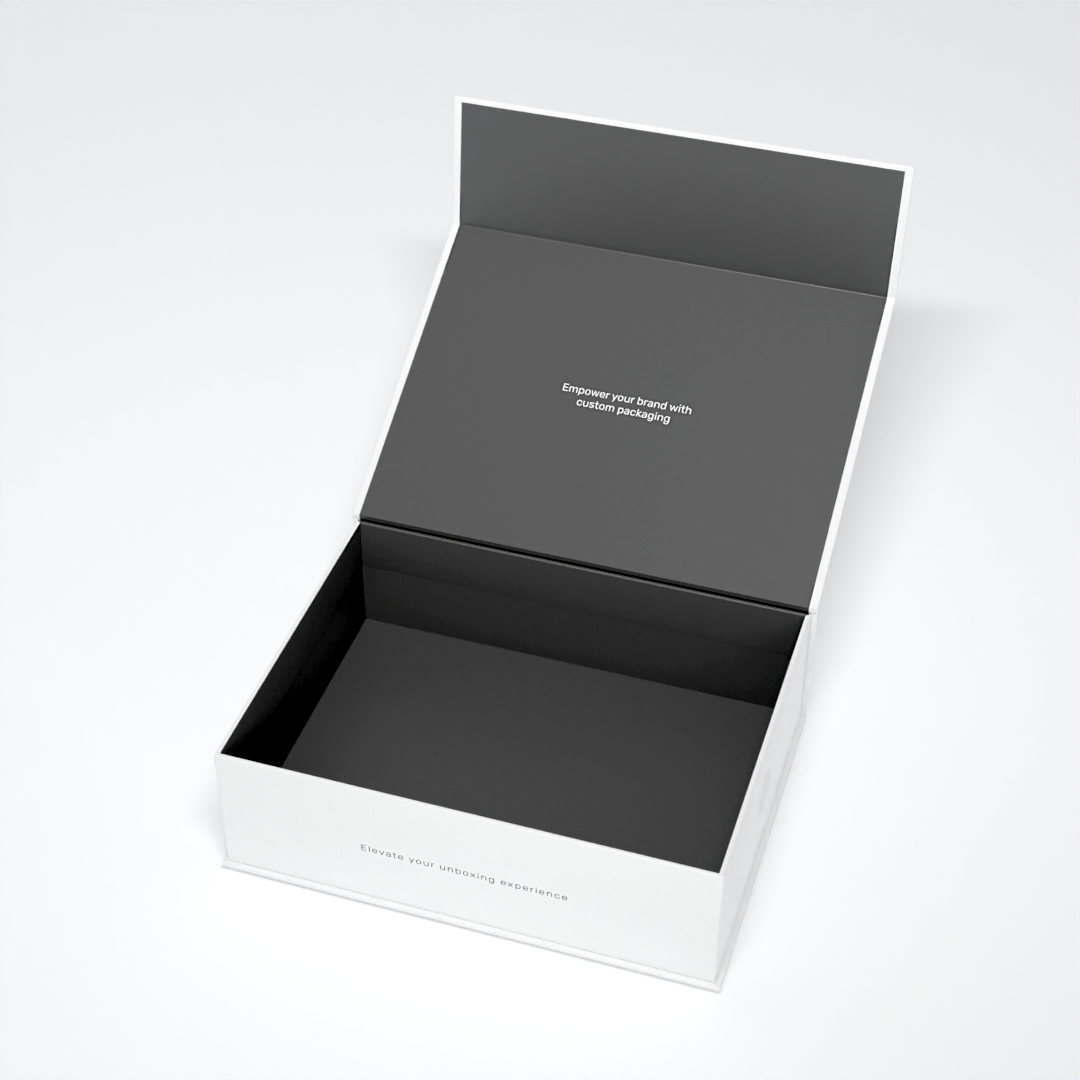
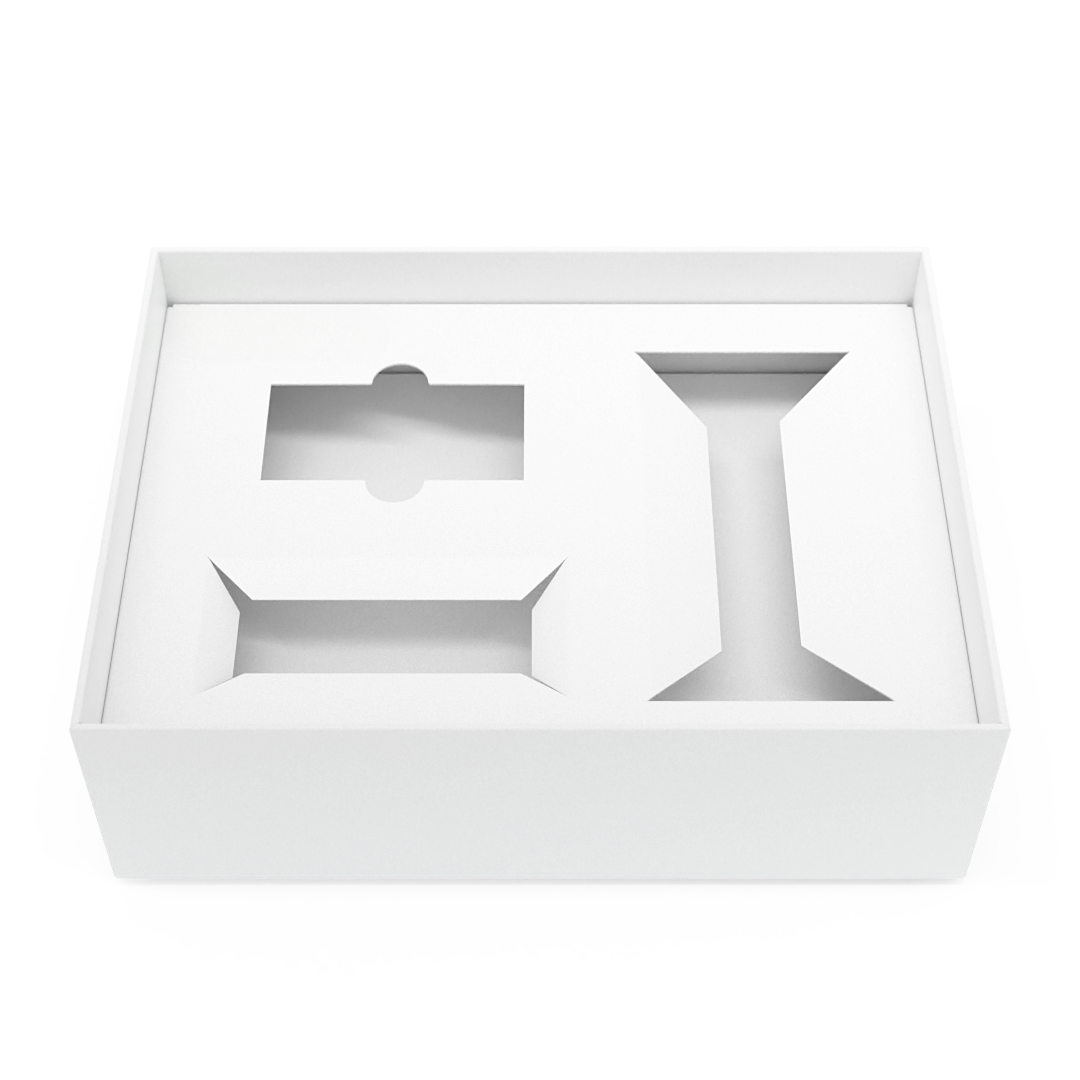
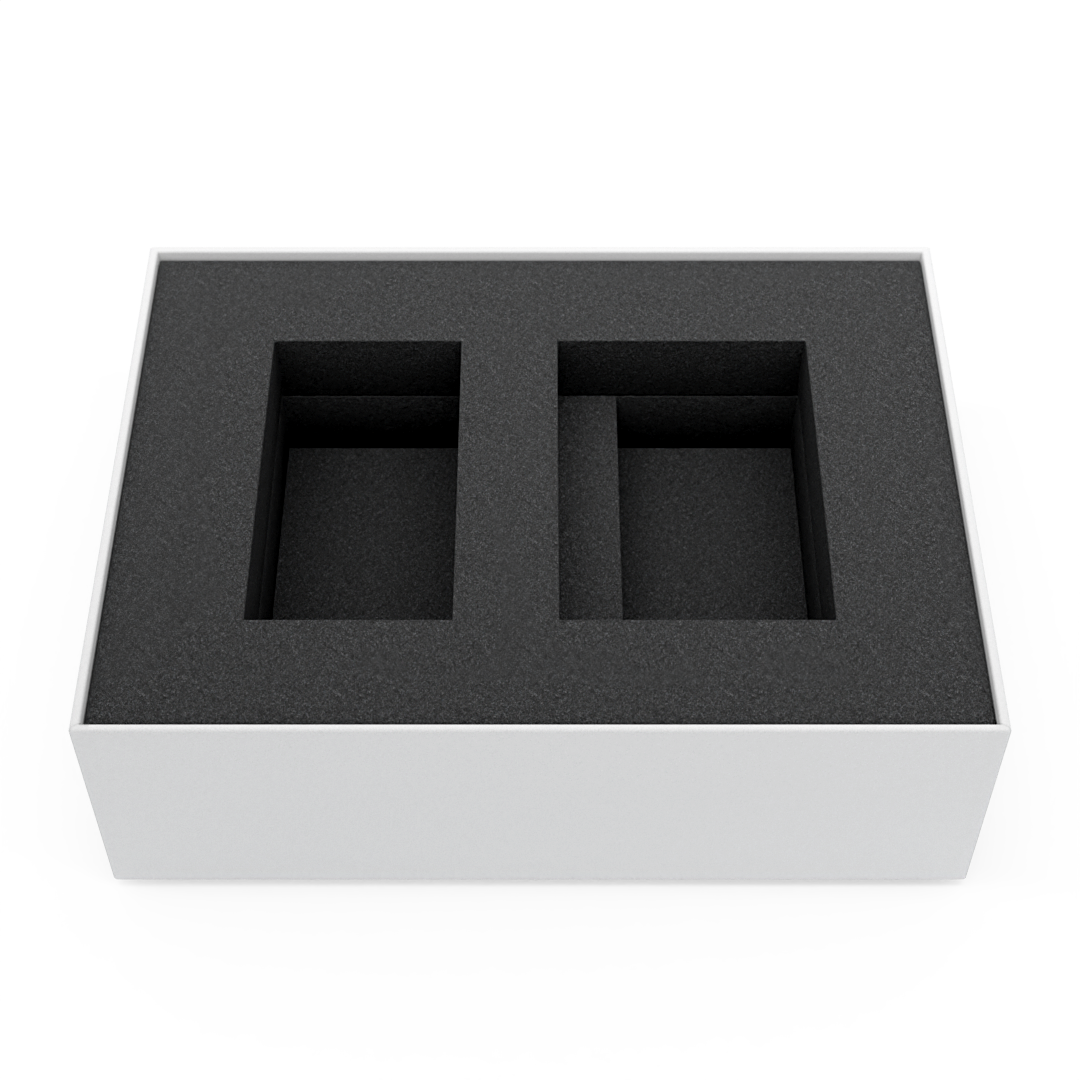
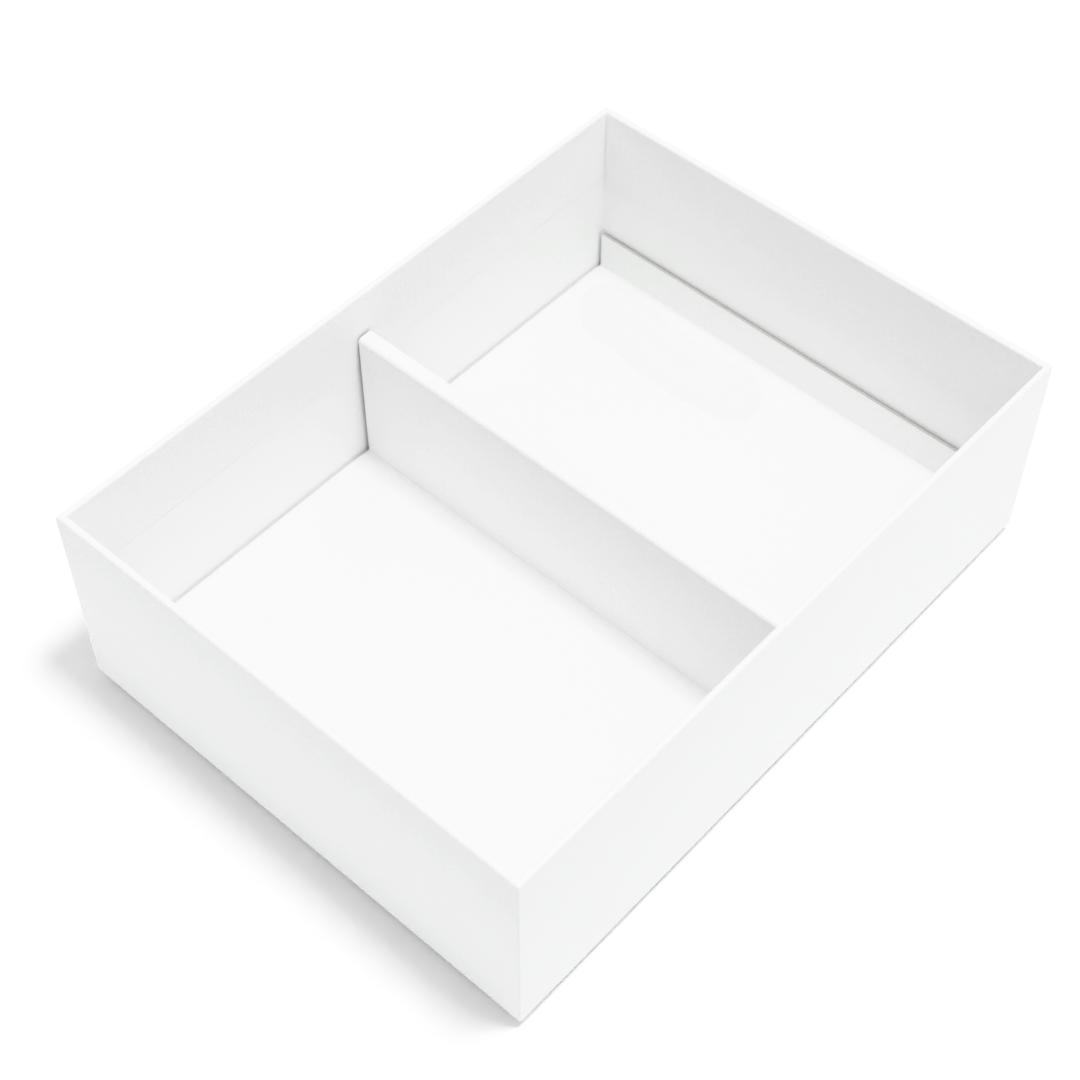
Leave a comment